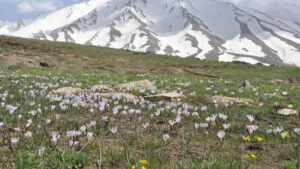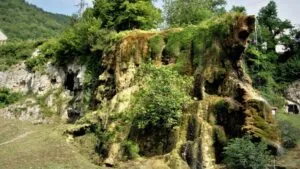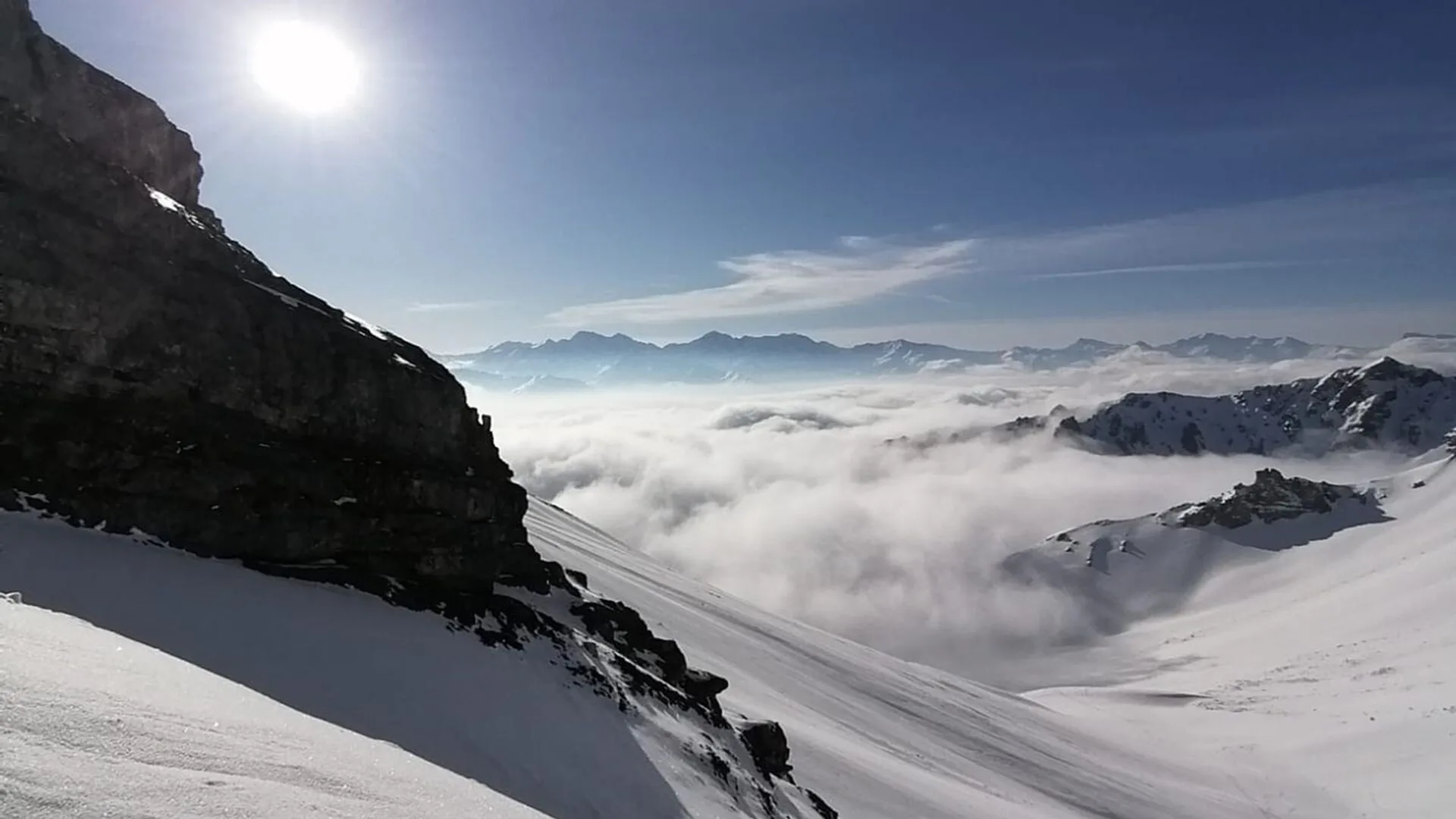Abstract/Description
Mapping snow depth in complex alpine terrain with satellite photogrammetry challenges the limits of 3D-Change Detection (3D-CD), particularly in steep topography and low-contrast conditions. This study evaluates and compares Pléiades PHR and the next-generation Pléiades Neo (PNEO) for snow depth mapping over Kawarau/The Remarkables in Aotearoa/New Zealand.
Tri-stereo acquisitions from PHR and PNEO during winter/spring 2022, combined with snow-free lidar (2016) and PHR (2020) datasets, establish a benchmark for sensor performance. GNSS campaigns provided photogrammetric control and validation, including an in-situ GNSS snow depth survey on and off ski trails, nearly coinciding with the PHR snow-on acquisition. The processing workflow applied an innovative bundle-block adjustment method that automatically propagated absolute georeferencing through cross-matching virtual ground control points (vGCP) from the snow-off photogrammetric model. This approach ensured sub-pixel alignment and enabled repeatable, coherent mapping of snow depth distribution with minimal convolution with the challenging topography.
The results confirm PHR’s capability for snow depth mapping with sub-meter accuracy and demonstrates PNEO’s improved spatial resolution and ability to capture finer-scale snow distribution patterns with greater precision. By validating our cross-matching technique, this study also establishes a repeatable and automated workflow for satellite photogrammetric snow depth mapping in complex terrain.


